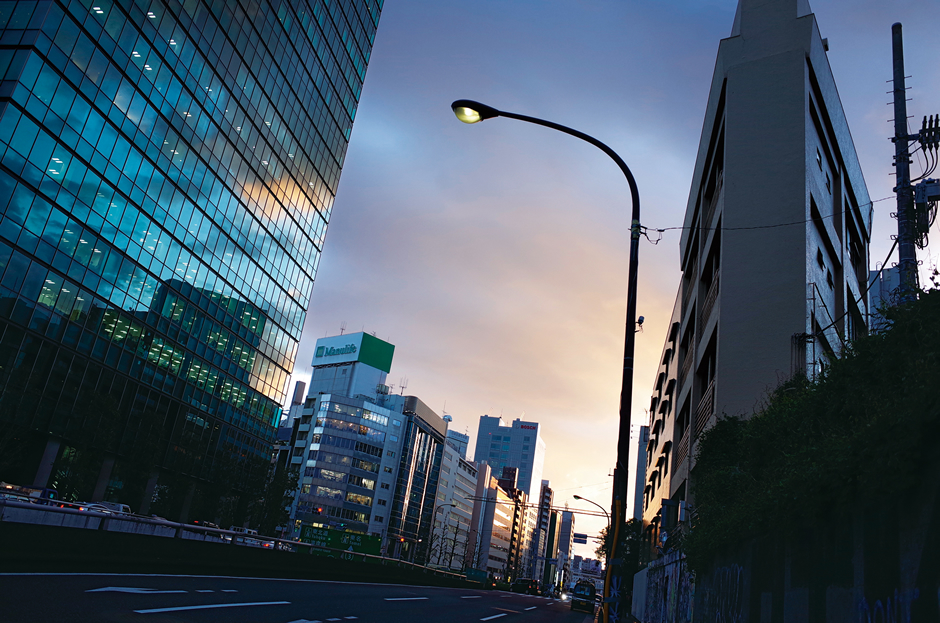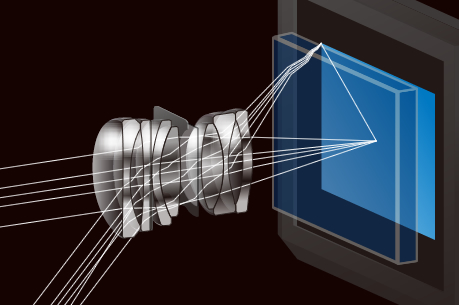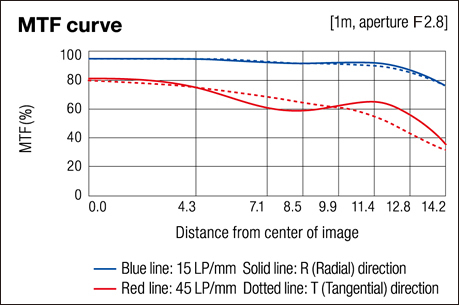Outstanding image quality: the essence of the GR

1/60 Sec., F2.8, ISO100, EV-0.3, WB : Auto


1/60 Sec., F2.8, ISO100, EV-0.3, WB : Auto
Developed in pursuit of pure image quality, the GR 18.3mm F2.8 lens (equivalent to 28mm in the 35mm format) delivers simply the best performance in GR’s history. This acclaimed lens design incorporates two high-precision glass mold aspherical optical elements and a high-refraction, lower-dispersion glass element, positioned optimally to reduce distortions and chromatic aberration to near absolute minimum, while reproducing high-resolution images from the center to the edges of the image field. Thanks to its crisp image rendition even at the maximum aperture of F2.8, and its faithful image reproduction against backlight, the user can truly enjoy the charm of a unifocal lens. Its nine-blade iris diaphragm helps create a truthful sense of depth and a natural bokeh (defocusing) effect, while allowing the user to capture beautiful light beams at closed-down apertures.


The GR II features a large-imaging area, wide dynamic range APS-C size CMOS image sensor with approx. 16.2 effective megapixels. The superior high-sensitivity characteristics and low-noise performance allow regular shooting at ISO3200 (which can be boosted to a maximum of ISO25600). By eliminating the anti-aliasing filter to enhance resolution, it maximizes the resolving potential of the lens to deliver sharp, high-quality images right to the edges. By mutually optimizing this large image sensor and the GR lens, the camera achieves a slim and compact body that stands true to the GR heritage.

The high-performance GR ENGINE V imaging engine draws the most out of the GR lens and the CMOS image sensor. By fine-tuning the compensation program against high-sensitivity noise, it improves image quality and enhances resolution and contrast, while minimizing annoying noise. By reprogramming the AWB algorithm, it assures more precise white-balance control under artificial lighting such as fluorescent lights, while delivering more stable results in outdoor shooting. The new CTE (Color Temperature Enhancement) mode for white-balance control makes it possible to emphasize the predominant color within the image, to create a stronger impression.
